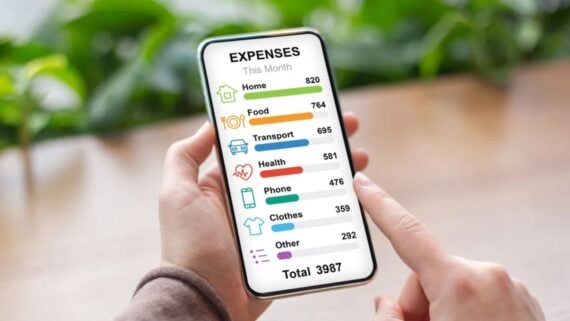When I had my first (of four) kid, I remember feeling nauseated when I paid the daycare bill. “This is almost as much as our mortgage.” Fast forward nine years, and in more places than you’d expect, child care has officially leapfrogged rent as the biggest line item in a family’s monthly budget.
For parents with two young kids, the cost of full-time care now exceeds a typical two-bedroom rental in 85 of the nation’s 100 largest metro areas, according to a new LendingTree analysis using data from Child Care Aware of America and HUD. In cities like Omaha, Milwaukee, and Buffalo, the price gap isn’t small — it’s double. Families there are paying more than twice their rent just to keep their kids in care.
If you’re a parent thinking, “Yeah… sounds about right,” you’re not alone.
The New Budget Reality for Families

When it comes to child care, the national averages look like this:
- $1,282 per month for infant care
- $2,252 per month for two children
- In many cities, that second number dwarfs the cost of a two-bedroom rental
Prices have climbed nearly 30% since 2020, driven by worker shortages, limited daycare availability, and rising operating costs. And when demand is this high and supply is stretched thin, providers can — and often must — charge more.
This is how you end up with a map full of child care deserts, particularly in rural and lower-income regions. Fewer workers, fewer centers, fewer options … and higher prices for the families who depend on them.
What That Actually Looks Like for Parents

For a lot of households, child care isn’t a “nice to have” thing. It’s the only way two incomes can exist. Families are feeling the squeeze from every direction — food, utilities, health care, housing, and now child care, climbing into first place. A BYU/Deseret News survey found 70% of Americans now believe raising kids is unaffordable. That sentiment has surged over the past decade, and child care is a significant reason why.
Why Do Child Care Costs Keep Climbing?

Experts point to a few major forces:
1. A workforce shortage
Early education centers can’t hire or keep enough qualified staff. When they can, wages need to be higher, which creates a domino effect on what parents are asked to pay.
2. Not enough slots for the demand
In child care deserts, providers have no competition and can charge a premium. Families have no choice but to pay it.
3. Fewer family support systems
It takes a village, but not everyone has one. More households lack grandparents or extended family nearby to help, increasing reliance on paid care.
4. Pandemic aftershocks
Costs that spiked between 2020 and 2024 never returned to normal. Instead, they became the floor.
All of this has pushed child care into the same territory as housing and health care — essential, expensive, and increasingly out of reach. And I shudder thinking about what child care would cost me if I had to put all four of my kids in daycare.
More Cost of Living Stories from Cheapism

- You’re Not Alone: Report Finds Nearly a Quarter of U.S. Households Live Paycheck to Paycheck — A recent Bank of America report details why so many people are living paycheck to paycheck — and the numbers may be even bigger than the report shows.
- ‘Heat the Person, Not the House’: Creative Ways to Cut Heating Costs Without Sacrificing Comfort — Want to lower your heating costs without resorting to cave life? Here are some creative tips to save money this winter.
- Children Hospitalized With Infant Botulism Across 10 States Amid Baby Formula Recall — Here’s what parents and caregivers should know about the multistate recall.




